In the western region of Uganda, Lake Mburo National Park is a diverse habitat of open savannah, covering an area of about 260 square kilometres. Twenty percent of the land area is covered by water bodies, including the lake that bears its name. The park is conveniently located between the capital city of Uganda and the parks of west and south western Uganda, making it a perfect stopover for a night on the way to a tour of Uganda.
Rock outcrops, acacia trees, bush, thickets, forest, swamps, and rivers make up the ecosystem of the parks, which are home to 69 mammal species, including Burchell’s zebras, Rothschild’s giraffes, elands, topi, impala, warthogs, and occasionally lions and leopards. Hippos and other timid animals like sitatungas are kept in the water by the river and its banks. More than 300 different bird species call it home, including the highly endangered shoebill and the African fin foot. Other species include, to name a few, the papyrus yellow warbler, brown chested wattle plover, and piapiac. Only Lake Mburo National Park and Queen Elizabeth National Park are home to Burchell’s zebras and topis. Primates like the olive baboons and the vervet monkeys are present within the gazette area.
Six marshes that link the lakes in the 260 square km national park include both macro- and microorganisms. The largest lake in Uganda, formerly known as Lake Nalubale, Lake Victoria, which is in the park’s rain shadow, receives an average of 880mm of precipitation annually. The national park’s recorded temperature has risen to 27°C, however it varies throughout the year depending on the season. It is accessible year-round.
The only national park where horseback riding is safe to do, it is done at the Mihingo lodge. Viewing the animals on a horse is much more comfortable than vehicle. The lodge ensures a ride even if you’re a beginner experienced guides are always there to help. Lake Mburo National Park can be explored on a boat cruise, or game drives. Its well distributed with game tracks to follow in order to see the animals. In addition to horseback riding, lake Mburo also provides boat safaris and mountain biking as alternative ways to see wildlife.
The Banyankole and Bahima cattle farmers who live in the western part of Uganda’s lake Mburo region on large farms and in sparsely populated areas can be visited on trips to nearby traditional sites like the Igongo cultural centre and the Nshenyi village. The lake Mburo region is best visited between the months of December and February and between the months of June and mid-September. However, it should be noted that the dry seasons are generally hotter than the wet seasons.
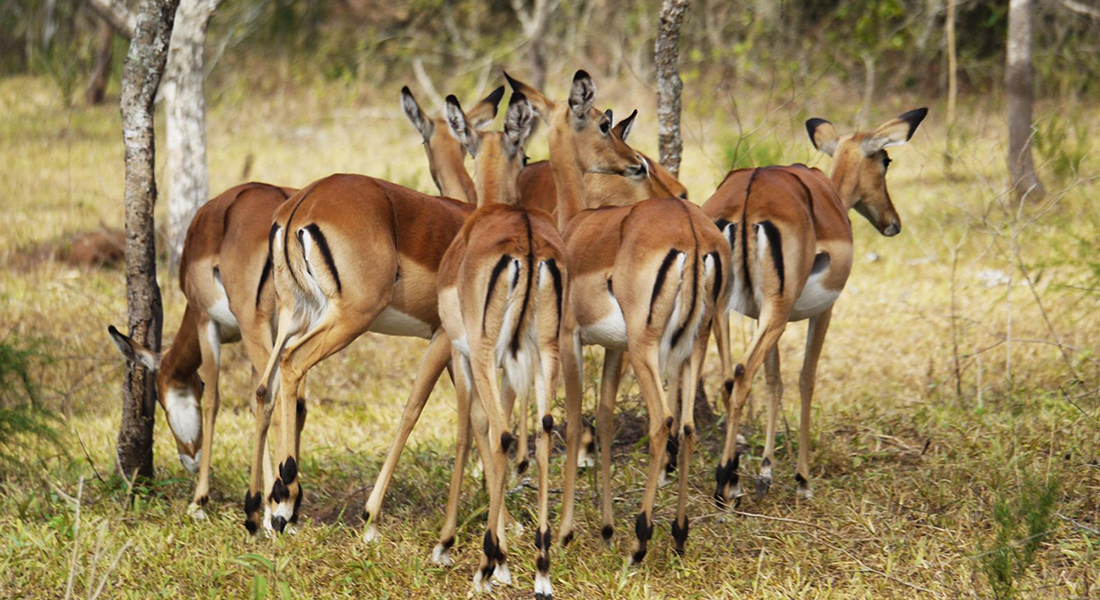
The lake drains its water to the Lake Victoria, including the wetlands within, and the park’s base is composed of metamorphic rocks dating back to 500 million years ago. Clay loam soil topped the rocks at the park’s base and provides an opportunity for successful game drives along the different distributed tracts. Lake Mburo National Park receives an annual rainfall of up to 800 mm. The deep valleys support forest, but the floor is frequently dry despite the park having many water bodies. Accommodations are offered both inside and outside of the national park, ranging from luxurious to the greatest value. A few examples are Mihingo Lodge, Eagles Nest, and the nearby town of Mbarara.
TOURISM ATTRACTIONS IN LAKE MBURO NATIONAL PARK
A stopover to and from the other parks for a night or two, Lake Mburo National Park is located in the western region of Uganda and is the closest of all the conservation areas in the western park of Uganda, connecting through via the equator. Despite having dry grounds due to clay and loam soil, the park is elevated at an altitude of 1220m-1828m above sea level and is covered by waterbodies. There are several sights with beautiful views.
Many animals and water birds congregate around the banks of Lake Mburo for greener pastures and water, including antelopes, waterbucks, hippos, crocodiles, elands, and topi to name a few. Birds like the African fish eagle and pia piac, as well as the famous shoebill stock and sitatunga, may also be seen in the swampy areas on a lucky day.
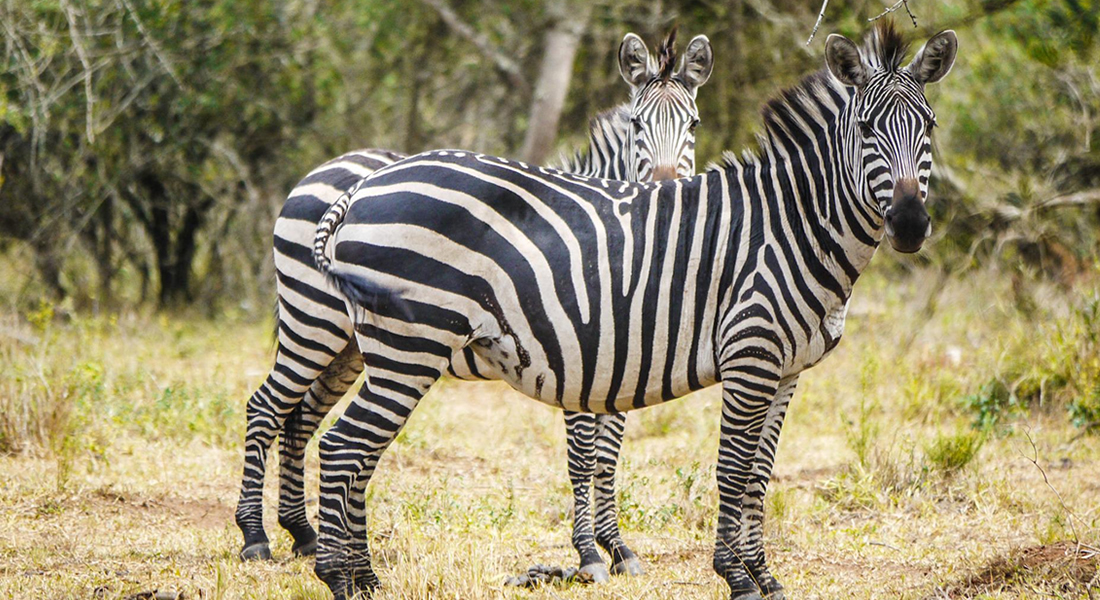
Rubango Forest is a closed forest canopy on the western shore of Lake Mburo. Despite its small size, it offers a chance to see wildlife, including vervet and olive baboon monkeys and other primates. Common birds that can be seen there include the green pigeon, African fish eagle, king fisher, spur fowl, and harrier hawk, to name a few.
The national park’s flora and animals The 260 square kilometre national park includes flat grasslands with bush thickets that are homes to bird species as well as an extensive habitat of wetlands, rocky outcrops, lakes, and swamps that harbour over 68 mammal species. It is the best place to see leopards, especially during the night game drives. Birds like pelicans, herons, Abyssinian ground horn bills, African fish eagles, black and yellow papyrus gonolek, and herons do exist in the national park, catching attention as a great birding destination. Other animals present include buffaloes, hippos, elands, topis, olive baboons, vervet monkeys, zebras, and giraffes.
Travellers visiting Lake Mburo National Park have a wide range of options to choose from, including organised activities like horseback riding, game drives, bicycle riding, boat cruises, birding, and fishing safaris along the lake. The combination of these features makes it the ideal place to visit.
The national park is conveniently located just 4 hours from Kampala, the capital of Uganda, attracting a few tourists. The park is best visited between December and February and June and mid-September because of the dry season; the wet seasons, which last from March to May and September to November, bring an average of 880mm of rain annually to the area. Accommodations are offered in a variety of price ranges, including excellent value and moderate options including Mihingo Lodge, Rwakobo Rock, Eagles Nest, and Lake Mburo Safari Lodge. Since Uganda is a country with a tropical rain forest, it is advised to bring long sleeved shirts and pants, footwear for nature and forest hikes, insect repellents and water-resistant coverings for phones and cameras.
TOURISM ACTIVITIES IN LAKE MBURO NATIONAL PARK
It is the closest of Uganda’s conservation areas to the capital city Kampala and a perfect stopover to and from the western parks including the Queen Elizabeth National Park, Semuliki National Park, and the well-known Bwindi Impenetrable National Park. Lake Mburo National Park, from which it gets its name, is a wetland ecosystem made up of swamps, rivers, and the lake from which it gets its name. It is situated at an elevation of 1220 m to 1828 m above sea level and has a total area of around 260 km2.
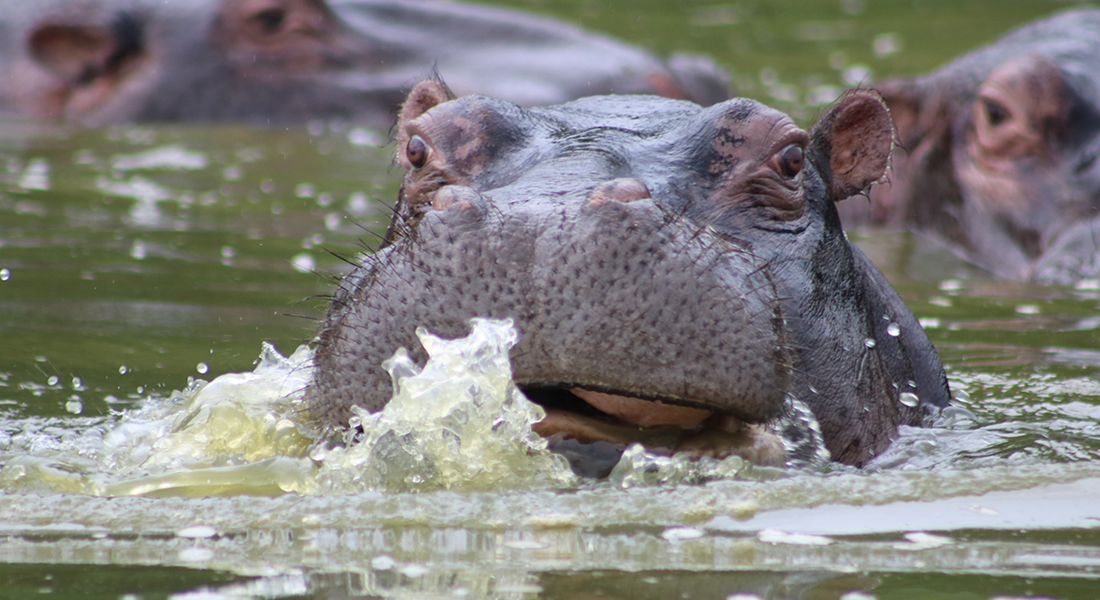
riding a horse by a lake Whether you’re a novice or seasoned hunter, Mburo National Park offers one of the best safari experiences because it enables you to access the common game tracks into the plains to the wild animals. Whether you’re a learner or seasoned hunter, the experience is enjoyable because you’re trained before participating in the activity and accompanied by an expert guide. Horseback riding takes place in the morning, with a maximum of six participants; novices are encouraged to stroll; experienced riders can spend up to four hours in the wilderness.
The national park has many game drives that offer the chance to see animals like buffalo, elands, topis, waterbucks, hippos, olive baboons, vervet monkeys, and giraffes, to name a few. Game drives are conducted in the morning or at night in search of nocturnal species. On a night wildlife drive, Lake Mburo is the ideal location to spot leopards.
The national park is the ideal location for birding safaris because it is home to over 315 species of birds.It is advisable to carry a pair of binoculars if you want to enjoy birding while in the national park. Visible birds include the brown chested wattled plover, Carruthers cisticola, African fish eagle, African fin foot, blue-headed weaver, malachite kingfishers, and herons. In the fringe swamps, it is also possible to see the rare shoebill stock.
The most beautiful views of wildlife and aquatic animals like hippos, crocodiles, birds like king fishers, and African fish eagles can be seen during the boat cruise. The cruise usually lasts between 2-3 hours and takes place along Lake Mburo. It will take you to the beautiful parts of the national park and enable you to interact face-to-face with the flora and fauna animals that gather there.
Rwakobo Rock began promoting biking safaris in Lake Mburo National Park in 2013, and since then, the trend has continued to grow. Biking safaris allow you to get closer to the park’s wildlife, and rides are led by knowledgeable guides. Trails can last up to an hour or as long as the rider is physically able. The pathways are typically found at the bottom of a valley that is flat and rich with animals.
The best time to go for walks is early in the morning as you will have a chance to see many animal species like zebras, elands, and topi among others. Hiking and nature walks are done within the national park with an experienced guide from the Uganda Wildlife Authority. There will be ancient stories to be told during the walk, and it is advised to ask questions as the guides are really knowledgeable.
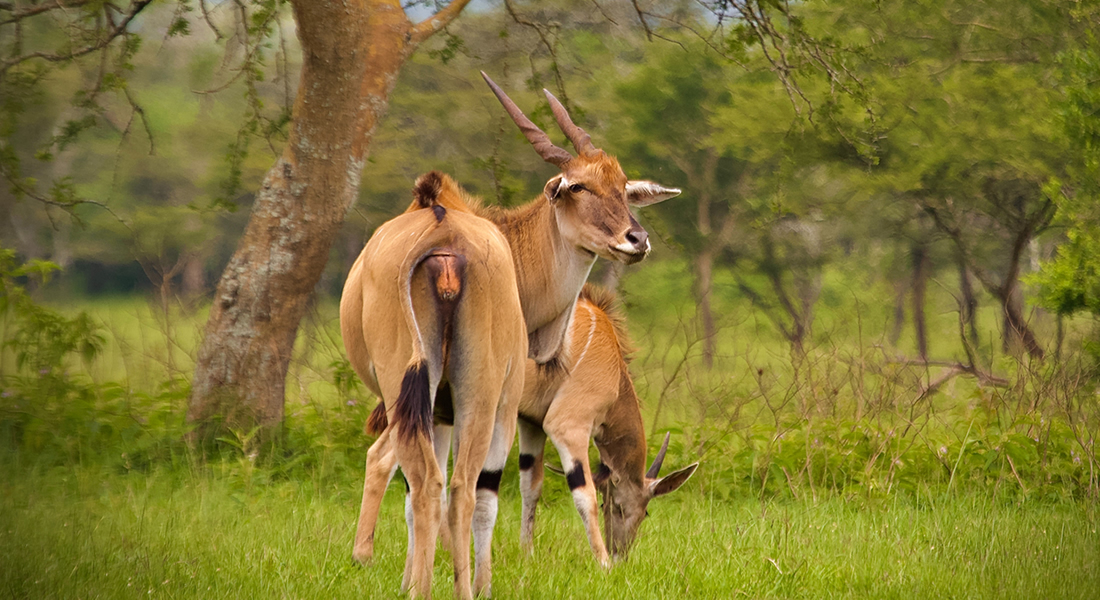
It is possible to visit the park year-round, but the best time to do so is during the dry season, which runs from December through February and June through mid-September. The park’s temperature rises to 27° C during this time, though it varies depending on the season. Within the national park, lodging options are available in a range of price points.
ACCOMMODATION IN LAKE MBURO NATIONAL PARK
20% of the park is covered in water bodies, including the Lake Mburo after which it gets its name. Lake Mburo National Park is situated close to Kampala, the capital city of Uganda. It has a grassy wooded habitat, rocky escarpments, forest, bush, and thickets. Numerous animal and bird species, including zebras, elands, topis, vervet monkeys, baboons, and hippos, to name a few, may be found in the national park. It is the greatest location to spot leopards when on a night game drive and is located at an elevation of 1220m-1828m above sea level.
Metamorphic rocks carefully placed along the Kampala-Mbarara route that connects to the parks in the western part of the country and date back more than 500 million years serve as a reminder of this.
There are several places to stay in the park, ranging in price from the most affordable to the most luxurious, including the Mihingo Lodge, Arcadia Cottages, Rwakobo Rock, Eagles Nest, Lake Mburo Safari Lodge, and the nearby town of Mbarara for additional lodging.
In Uganda’s Lake Mburo National Park, which is the smallest national park, Mihingo Lodge is a tranquil, luxurious establishment. Mihingo Lodge, which has 10 opulent tented rooms and is uniquely arranged to suit the tranquilly of the environment in which it is built, is perched on a rocky outcrop and offers stunning views of the park’s natural beauty. Each of the rooms is situated so that guests can enjoy good views of the lake or the forest.
The main dining room is unique and the first of its kind in Uganda made out of dead olive wood trees that were found on the Mihingo land, decorated with African crafts, and local and international cuisines are served together with flash toilets and en-suite bathrooms having both hot and cold water. The lodge was built using local materials to blend in with and suit the environment. The tents are well furnished, large, and having basic facilities to offer a comfortable stay.
The luxurious cottages at Mburo Safari Lodge are raised on a wooden platform and covered in grass thatched homes, blending the lodge into the surrounding natural environment. Each cottage also has a private balcony with an en-suite bathroom. The safari lodge is a great site to watch animals in the national park since it is surrounded by vervet monkey armies and resident zebras. It also features a high-class restaurant, a swimming pool and a well-stocked bar.
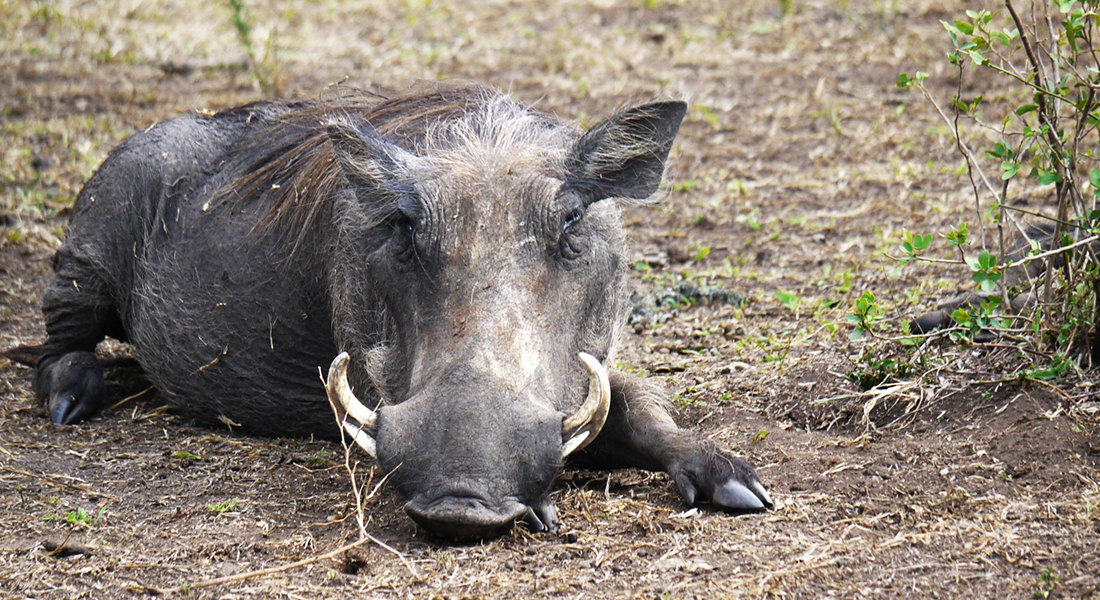
The family-run Rwakobo Rock Lodge offers private cottages made of grass and thatched with solar lighting and water heating, as well as en-suite bathrooms with flush toilets and showers. All across the hillside encircling the woods are the amenities. The lodge is a lovely spot to unwind by the pool and see animals. It is located in the national park 8 kilometres from the main road and 1 km from the park entrance gate. The eating room provides incredible experiences as it looks out into the lake bodies where animals like impalas are caught.
Arcadia Lodge is located at the entrance to Lake Mburo National Park in Rwonyo, making it a great place to start game drives and see hippos and crocodiles. It has eight cottages arranged around the main lodge building, and each of them has been constructed with a private bathroom. The restaurant is a fun spot because you can unwind by a campfire in the evenings.
Each safari tent in Eagles Nest, a property of nature lodges that provides lodging, has its own veranda with a view of Lake Mburo National Park. The tented camp offers the ultimate African canvas experience. Ten African safari tents, each with twin beds inside, are available.
BEST TIME TO VISIT LAKE MBURO NATIONAL PARK
One of Uganda’s smaller national parks, Lake Mburo is located close to Kampala, the country’s capital. It makes for a convenient pit break on the way to or from routes in western Uganda. The 260 square km park is home to 68 different animal species and many bird species. It was first included in the 1933 gazette as a secure hunting area. The majority of the park’s territory is submerged in water, and it is famous for its many lakes, rivers, and swamps, notably the lake Mburo, from which the region gets its name and which is located at a height of 1220–1828 metres above sea level.
The best time to visit the national park is between December and February and June and mid-September during the dry seasons of the year, when animals congregate near water sources to drink water and graze, making it simple to track them and when the trails are less slick and the national park is easier to access. Most species can be well observed because the savannah is fairly dry. Despite the dryness, it should be understood that it is not always dry. Since Uganda is a tropical rainy nation, rain is expected at all times.
With 880mm of rain falling annually in the months of March through May and October through November, the wet seasons are the best times to visit the national park because this is when it is at its most beautiful and flourishes. The park is accessible, but the game routes may be a little slick and require a lot of patience to see the animals during this particular season.
It is controlled by the Uganda Wildlife Authority and is bordered by a local population of Bantu people, the Bayankole and Bahima, who were originally pastoralists and hold vast tracts of land. The park may be visited year-round because each season has its own benefits. On an African safari, it’s a good idea to pack long sleeves, caps, boots, insect repellents, and any other personal items you might require.
The 69 mammal species that live in the parks’ ecosystem, which includes rock outcrops, acacia woods, bush, thickets, forest, swamps, and rivers, include Burchell’s zebras, Rothschild’s giraffes, elands, topi, impala, warthogs, and occasionally one may even see lions and leopards. Hippos and other timid animals like sitatungas are kept in the water by the river and its banks. More than 300 different bird species call it home, including the highly endangered shoebill and the African fin foot. Other species include papyrus yellow warbler, brown chested wattle plover, and piapiac, to name a few. Lake Mburo and Queen Elizabeth National Parks are the only parks where Burchell’s zebras and topi may be found.
Vervet and olive baboons are two primates that may be seen in the Gazette region.
Horseback riding, boat tours, wildlife drives, birding safaris, and bicycling are just a few of the popular tourist activities in the national park. In the national park, lodging options are available that range from luxurious to the best value, like Mihingo lodge.

